1/48 Hasegawa Ki-44-II Hei Shoki
Here are some photos of my recently completed 1/48 Hasegawa Ki-44-II Hei. First released in 1995, I think, this is the newest 1/48 scale Shoki kit available, so if you're listening, scale model industry, it's about time for a modern rendition of the “Tojo”. That being said, the venerable old Hasegawa warhorse can be built up into a very satisfying replica with a bit (or a lot) of extra work. The only real construction weaknesses of the kit are the mating of the wing roots to the fuselage, and the mounting of the engine cowl. I solved the former with styrene rod braces under the cockpit to spread the lower fuselage out just a small bit, and the latter was addressed with careful sanding and carving until it was just right. Other than that, the gear wells and cockpit are a bit basic, and the canopy, while clear, is a bit thick, all typical of the mid ‘90s.
I enhanced my build with an SBS resin/photo etch cockpit, a Yahu instrument panel, Quickboost resin exhausts and gun barrels, and Archer Transfers 3D printed decal access panels to enhance the rather bare gear wells. I used aluminum tubing to make the pitot, antenna connection points and starter dog on the prop. I added an ignition harness and brake lines with 0.015” solder. I thinned the gear doors considerably to get the right look. There are few detail photos available of the gear wells, but what I could see convinced me that the inner door retraction arms were nothing like what the kit provides, so I scratch built new arms that more closely match what I could see. I used a Rob Taurus vacuum formed canopy (the same part is also sold by Dead Design) which offers a much better view inside the cockpit, although I learned that it's best that the first coat (typically interior color) be acrylic, as that will bond well with the polycarbonate, unlike lacquer.
I particularly like building Imperial Army aircraft because they often rival USAAF machines in their colorful markings. I used a Lifelike Decals set for Ogawa Makoto's famous 70th Sentai machine. But the only decals used on the model were the pair of “2”s, the victory marks, and the few stencils. Everything else, including the 70th Sentai emblems on the tail, were masked and painted. The base coat is Alclad II duraluminum, enhanced with some airframe aluminum, polished aluminum and stainless steel. The control surfaces are Tamiya IJA gray green thinned with Mr. Levelling Thinner. Gear wells (and cockpit) are Mr. Hobby Nakajima interior green, also with Mr. Levelling Thinner. Markings are Tamiya acrylic thinned with Isopropyl alcohol. Exhaust stains are Tamiya flat black acrylic thinned about 95% with isopropyl alcohol. Weathering was done with Tamiya panel line accent and pastels. “Chipping” was done with Abteilung 502 liquid mask.
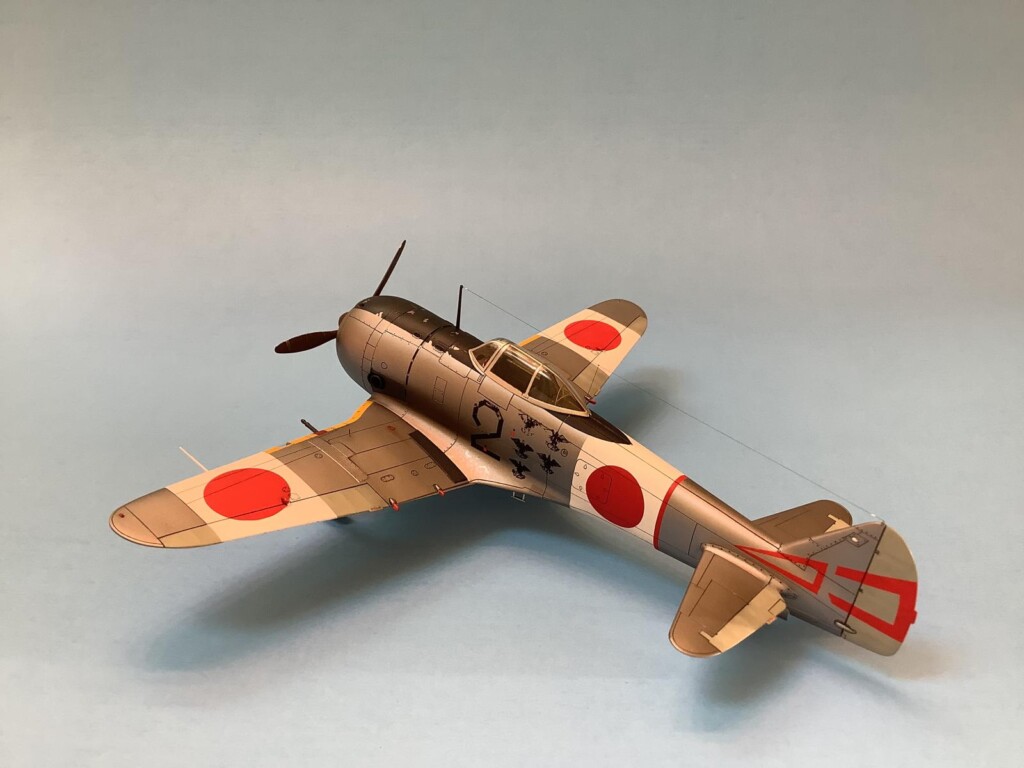
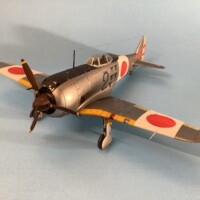
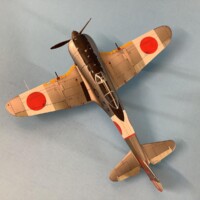

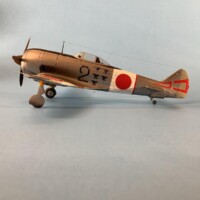
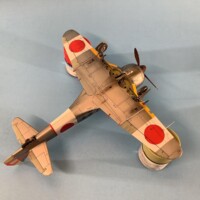
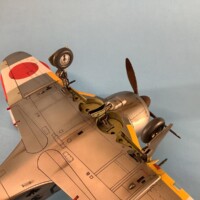
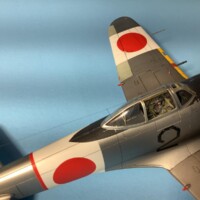
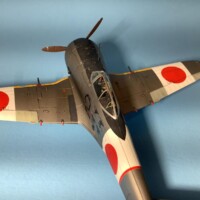
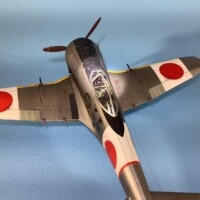
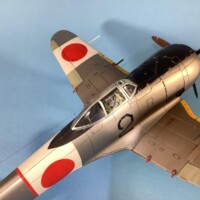
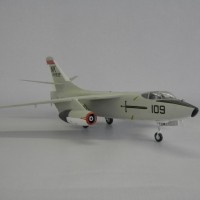

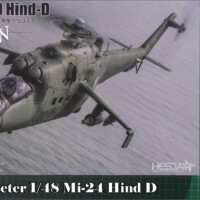
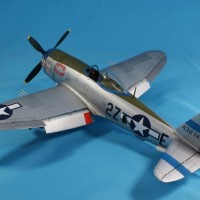
A really nice effort on this. The paint and weathering look great.
Cracking build Steven. The metal finish looks great 👍
That is a really nice build. I do not know much about that aircraft but have to say it looks great, and you really made it look good. Excellent paint work it just looks great!
Very nice work on this.
Beautiful result. Thanks for sharing! Top notch work
One of my favorite kits. I like the high lighted photo of the cockpit showing the instrument panel. Steven, you put a lot of thought and effort into this build and it shows. Some strong work went into making this kit. Looking forward to seeing and reading your next building adventure.
Amazing job, Steven!
Well done!
Absolutely nice result, Steven @mooplace
The metal finish looks really great.
Excellent work on this classic kit, you’ve brought it bang up to date.
Lovely build!
Sweet